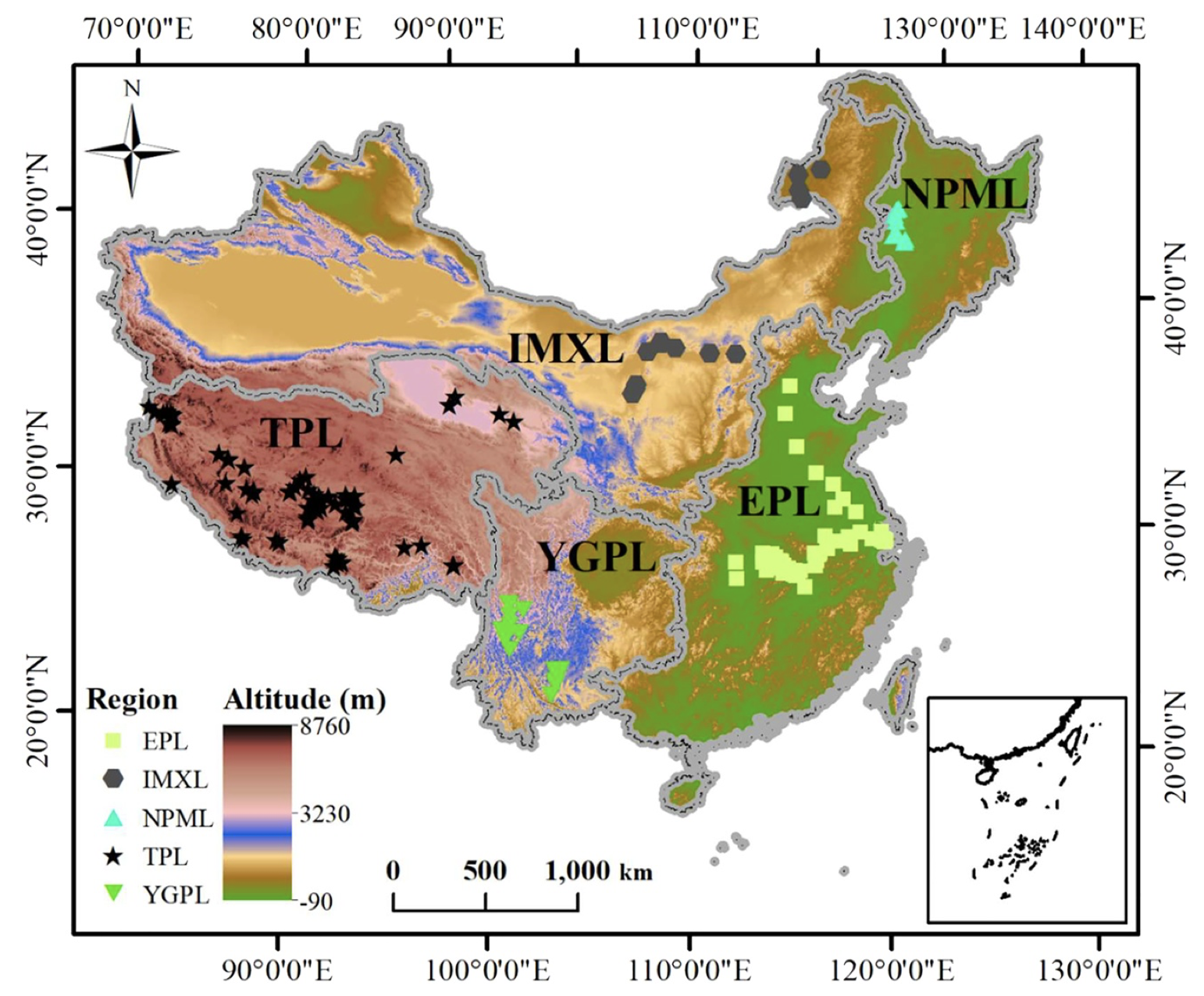
KEELLINGS – Human Activity Coupled With Climate Change Strengthens the Role of Lakes as an Active Pipe of Dissolved Organic Matter
YingXun Du, FeiZhou Chen, YunLin Zhang, Hu He, ShuaiLong Wen, XiuLin Huang, ChunQiao Song, KuanYi Li, JunBo Wang, David Keellings, YueHan Lu
Article first published online: 2 August 2023
DOI: https://doi.org/10.1029/2022EF003412
ABSTRACT: Dissolved organic matter (DOM) composition in lakes is controlled by multiple environmental drivers, but the relative importance of various drivers remains poorly understood at the continental scale. Here, we established a model resolving possible influencing pathways of climate, land cover, societal development, and water retention time of lakes on the quantity and quality of chromophoric DOM (CDOM) from 182 lakes spanning across strong climatic and economic gradients in China. Our results indicate that land cover and societal development both exhibit positive direct effects on lake CDOM quantity, highlighting the significant role of well-vegetated soils and anthropogenic activities as sources of lake DOM on a continental scale. Climate has two strong but opposite effects—a warming and wet climate facilitates soil OM production and export, while it also enhances CDOM in-lake transformation. Three proxies are proposed as indicators of the magnitude of biogeochemical drivers influencing lake DOM across different ecoclimatic zones, including fluorescent DOM/DOC indicating economic activity, percentages of a degraded fluorescent DOM component indicating solar irradiation, and percent tyrosine-like DOM reflecting DOM processing time within the watershed and lake. Collectively, our findings indicate that the effects of climate change and rapid societal development will result in increased loadings of terrestrial and anthropogenic DOM into lakes and drive higher rates of within- lake processing of DOM. Consequently, lakes will play a more important role as an “active pipe” in mediating the flux and transformation of organic carbon, intensifying the coupling between terrestrial and aquatic carbon cycles on a continental scale.
Read the full publication in Earth’s Future.